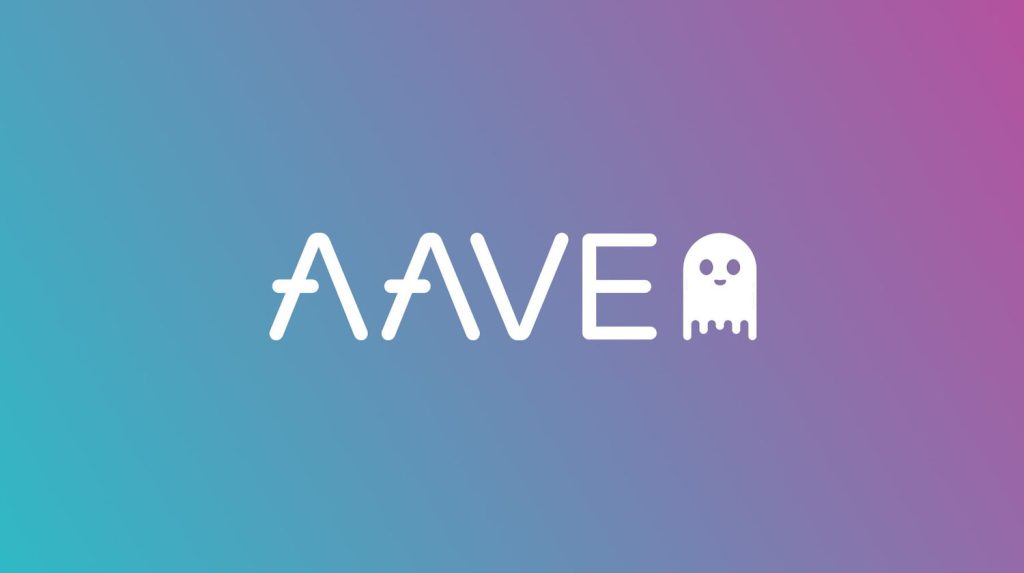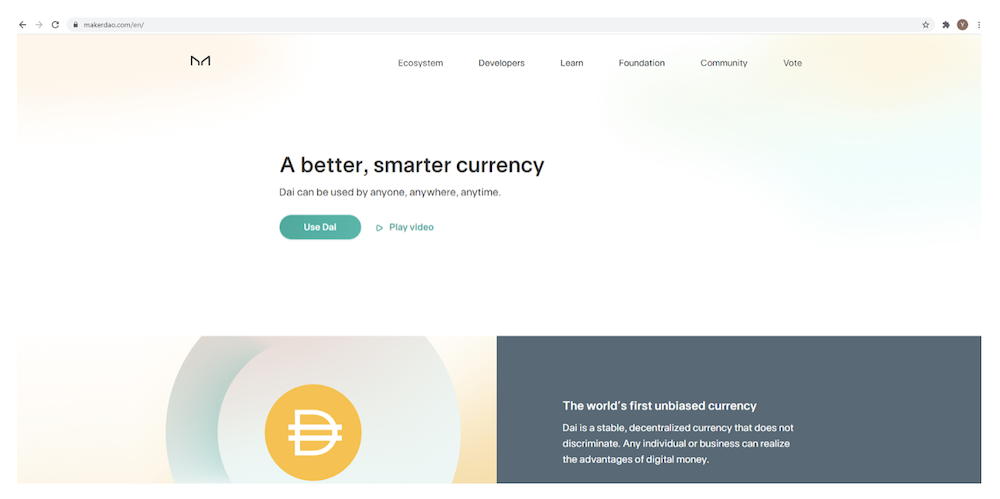Key Takeaways:
- Largest Defi Lending Platform Aave Undergoing Vote To Launch Stablecoin $GHO Using Crypto as Collateral
- Users Will Be Able To Mint and Borrow $GHO at a Discounted Rate By Staking $Aave
- MakerDAO Expands Into Real World Assets With $100 Million Loan To US Bank
Two of the largest DeFi protocols in crypto are unfazed by the current bear market. AAVE, the largest DeFi lending platform, is planning to launch a stablecoin. MakerDAO, the first decentralized stablecoin platform since 2017, has passed a vote to lend $100 million USD to a US bank.
So what’s the big deal? Let’s dive in.
Also Read: What Is Aave And How It Enables Anyone To Lend And Borrow Cryptocurrencies
GHOst of Crypto Future

The Aave team recently proposed the introduction of $GHO on their governance platform. A decentralized, collateral-backed stablecoin, users will be able to mint $GHO using a basket of crypto as collateral.
GHO has the following features:
- Decentralized (via the DAO)
- Overcollateralized by assets supplied by depositers, which continues to earn yield
- Assets are backed by the collateral available on AAVE
In other words, users of AAVE can now mint GHO, and borrowers of GHO can still earn interest (with their deposited collateral) at the same time.
Security
Holders of stkAAVE (staked AAVE) can mint GHO at a discounted rate, meaning they will pay a lower interest rate on the GHO that they borrow.
This provides an incentive to insure the Aave Protocol as AAVE is staked within the protocol’s Safety Module, acting as insurance backstop for any “shortfall events”.
This may occur when there is an unexpected loss of funds due to liquidation risks, smart contract exploits, and more.
Holders of stkAAVE will pay a lower interest rate from the GHO they mint and borrow. This could allow them to take advantage of various arbitrage opportunities for GHO.
The interest revenue will be fully collected by the DAO, helping to build their treasury throughout the bear.
Special Features
AAVE plans to have multiple ways for users to mint GHO.
This comes in the concept of facilitators, who are whitelisted entities and can trustlessly generate, mint, and burn GHO tokens for any strategies. The selection of facilitators has to also be approved by the DAO first.
The DAO will also set the limit or “bucket” for how much GHO a facilitator can generate.

The first facilitator would be the AAVE lending platform on Ethereum.
Since GHO can be deployed in various strategies to generate yield for users and facilitators, and interest rates on borrowing GHO goes back to AAVE, it could represent a myriad of revenue generating opportunities for AAVE’s treasury.
Plans
The AAVE team is targetting GHO to be launched on various L2s on the ETH ecosystem and various other alt L1s, in line with its upcoming version 3.
Also Read: Are Layer 2 Blockchain Scaling Solutions Better Than Layer 1s?
Grants and hackathons could also be directed towards developing and integrating payments for GHO, in order to facilitate mainstream adoption.
All governance decisions on monetary policy and interest rates will be decentralized via AAVE governance. However, the GHO proposal is still currently under snapshot vote.
MakerDAO’s step into the real world

MakerDAO has approved a US Bank (Huntingdon Valley Bank) to open vaults and borrow their DAI stablecoin.
This proposal was passed by the DAO recently, with 87% approval. This comes as another step towards MakerDAO’s recent plan to integrate real world assets into the DeFi ecosystem.
MakerDAO also recently passed a vote for investing $500 million into US short-term Treasury bonds and IG Corp bonds.
The Maker Governance votes to determine how to allocate 500 million DAI between different investment strategies.
— Maker (@MakerDAO) June 27, 2022
This allocation poll is a result of the passage of MIP65: Monetalis Clydesdale: Liquid Bond Strategy & Execution.
A recap on how it would work.
🧵
1/ pic.twitter.com/SdF9QT2OM6
Regarding MakerDAO’s partnership with Huntingdon Valley Bank (HVB), they will be able to lend up to USD$100 million to HVB, backed by off-chain real world assets.
The Real World Finance Core Unit has published the Huntingdon Valley Bank (HVB) Collateral Onboarding Risk Assessment.
— Maker (@MakerDAO) June 16, 2022
This is a recap on the collateral onboarding process of HVB, a Pennsylvania Chartered US-based commercial bank.
🧵
1/
The vault helps to provide yield for the DAO and is meant to support HVB’s business expenses.
While there was a majority approval vote by delegates, there were concerns on MakerDAO working with centralized traditional entities. This has become a talking point, due to the decentralized spirit of Web3.
Furthermore, collateral provided off-chain to HVB. This would require any and all liquidations or loans to be settled via governance votes, instead of an automated smart contract.
Other concerns were regarding regulation. An official delegate of MakerDAO, Chris Blec, specifically voiced the following issues and opposed the move:
"Blec voiced concerns…
— Chris Blec (@ChrisBlec) July 7, 2022
'There is an existential risk that any of these third party deals pose to MakerDAO in the context of today's regulatory climate.
What if a regulator forces this bank to freeze everything, sever ties with the DAO and take all the money?'" https://t.co/shtKqjN5V6
Closing Thoughts
These big moves by two of the largest DeFi platforms signifies a change amidst the bearish sentiment.
AAVE, a lending platform, is now targeting the stablecoin market. MakerDAO, on the other hand, is now pursuing the path of real world assets and integrating with traditional finance.
Whether these will play out successfully in the long term is yet to be seen.
Either way however, the builders and titans of DeFi are not stopping.
[Editor’s Note: This article does not represent financial advice. Please do your own research before investing.]
Featured Image Credit: Fintechs
Also Read: Crypto Lending Platform Voyager Files for Bankruptcy – Here’s What It Means



































